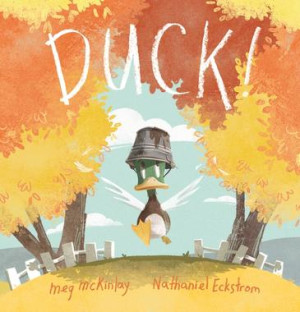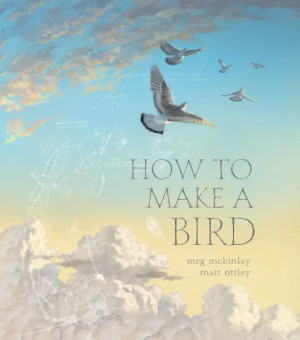

Writing a satisfying wrap-up for your story
What’s in the Video?
So you’ve created a story, full of exciting adventures, wonderful characters, or a vibrant, vivid setting. Now, you need to wrap it all up - but how do you do that, WITHOUT your story being ‘all a dream’? Find out how to write endings in this lesson!
Video Chapters:
00:00 Introduction
00:23 Meet the creators
01:10 How wrapping up a story works
04:00 What are the possible endings for a story
06:06 Things to keep in mind
08:05 Final words of advice
09:03 Here’s what we’ve learned
 Learning Intentions
Learning Intentions
1. Learning about story endings, and the different ways we can end a story.
2. Learning about brainstorming ideas.
3. Exploring imaginative and descriptive writing.
SUCCESS CRITERIA:
1. Completed the ending to a story, using descriptive and imaginative writing.
2. Demonstrated ability to brainstorm different ideas.
 Discussion Questions
Discussion Questions
PRE-VIDEO:
What is the best story ending in a story you have read or watched? What made that ending so good or memorable?
Can you think of a story you have read or watched that left you feeling disappointed? What was it about the ending that made you feel that way?
What do you think is the purpose of a story ending?
What do YOU think makes a good story ending? What do you think makes a bad ending?
POST VIDEO:
Meg said that she believes the best story endings are ones that make sense for the story, and where you can look back and see the ‘seeds the ending grew from scattered through the story all along’.
What do you think she means by this?
How might a writer ‘plant seeds’ for their story endings in their books?
Meg also said that the worst kinds of endings are the ones where something completely random happens, or someone unconnected to the main story swoops in to fix things. Do you think these kinds of endings would be satisfying to read? Why?
Leanne told us that a bad story ending is one that leaves her feeling ‘confused, because she doesn’t know enough about why things happened the way they did’.
Can you think of any story endings you have read that left you feeling this way?
What could the author of that story have done to make their ending better or more satisfying?
Leanne talked about some different kinds of story endings – TO BE CONTINUED endings, HAPPILY EVER AFTER endings, and SAD ENDINGS. Can you think of any examples from books or movies of these different story endings?
Meg and Leanne gave us some advice for when we’re planning our story endings. Meg told us some questions we can ask when we are creating a story plan if we aren’t sure how we want our story to end. Do you remember what those questions were? (NB – Where does this seem to be heading? How do I want it to end? How can I get there from here?)
 Curriculum Links
Curriculum Links
Australian Curriculum V9.0 Links
Language:
● Text structure and organisation: AC9E5LA03, AC9E6LA03, AC9E5LA04,
Literature:
● Engaging with and responding to literature: AC9E5LE02, AC9E6LE02
● Creating literature: AC9E5LE05, AC9E6LE05
Literacy:
● Analysing, interpreting and evaluating: AC9E5LY03, AC9E6LY03, AC9E5LY05,
AC9E6Y05
● Creating texts: AC9E5LY06, AC9E6LY06
LITERACY
Writing:
● Creating texts: Crafting ideas Level 7-8
Reading and Viewing:
● Understanding texts: Comprehension Level 7-8
CREATIVE AND CRITICAL THINKING
Generating:
● Create possibilities: Level 4











